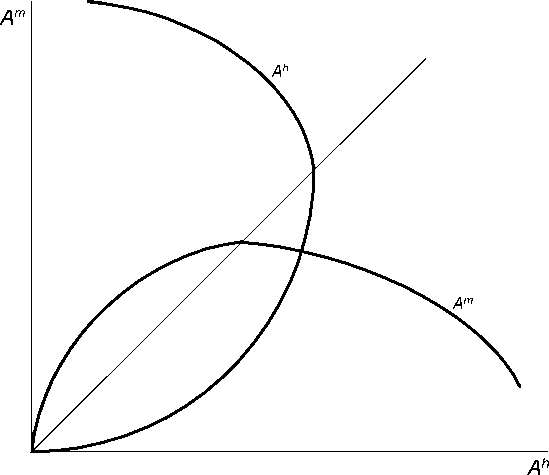
Figure 3. The Shape of Equilibrium Responses
By exactly the same argument, for every Ah there is a unique equilibrium response (Am, sm).
We now proceed to describing the overall equilibrium. This analysis depends on the following
useful fact:
OBSERVATION 1. If the equilibrium response Ah is positive, it increases with Am as long as Ah exceeds
Am, and declines as Am increases whenever the opposite inequality holds.9
Proving this observation is a simple exercise. By virtue of (3), all we need to do is study
whether C increases or decreases with Am . For instance, if C increases in Am, then by the earlier
argument, Ah increases.10 Using a standard complementarity argument, it is easy to see that
C increases with Am if the derivative p1 (Ah , Am) increases with Am, and decreases otherwise.
Recalling (1), we see that
p1(Ah,Am) =
ψ(Λm)ψ'(Ah)
[ψ(Am) + ψ(Ah)]2,
so that
∂p1(Ah,Am)
∂Am
ψ' (Λm)ψ'(Ah)
[ψ(Am) + ψ(Ah)]3
[ψ(Ah) - ψ(Am)],
so that the derivative increases or decreases with Am depending on whether Ah is larger or
smaller than Am .
Observation 1 tightly pins down the shape of the equilibrium response function. Either it
stays flat at 0 throughout — the uninteresting case — or it is “hump-shaped”, initially rising
9The zones of increase and decrease will be punctuated by flats corresponding to the jump segments in s; these flats
will be small if the wage rate differential across neighboring types are small. In any case, these have no effect on the
results.
10It will stay constant with the entire increase transferred to sh in case we are at a jump segment; see previous
footnote.
More intriguing information
1. Who is missing from higher education?2. The name is absent
3. Spousal Labor Market Effects from Government Health Insurance: Evidence from a Veterans Affairs Expansion
4. On the Desirability of Taxing Charitable Contributions
5. Voluntary Teaming and Effort
6. The name is absent
7. The name is absent
8. The name is absent
9. The name is absent
10. Testing for One-Factor Models versus Stochastic Volatility Models